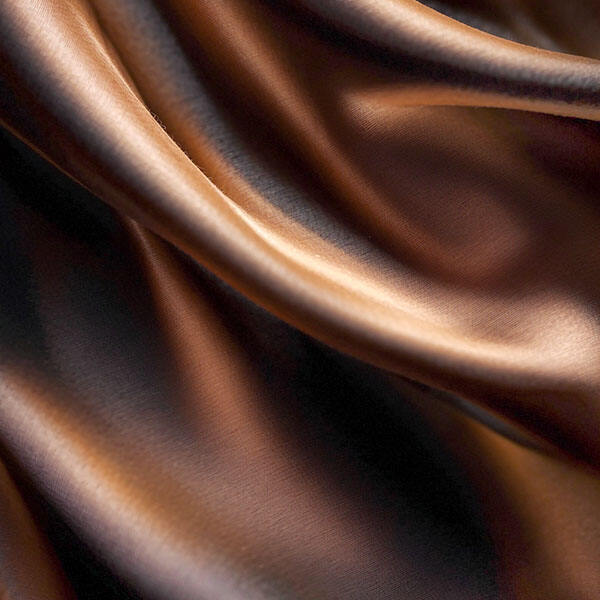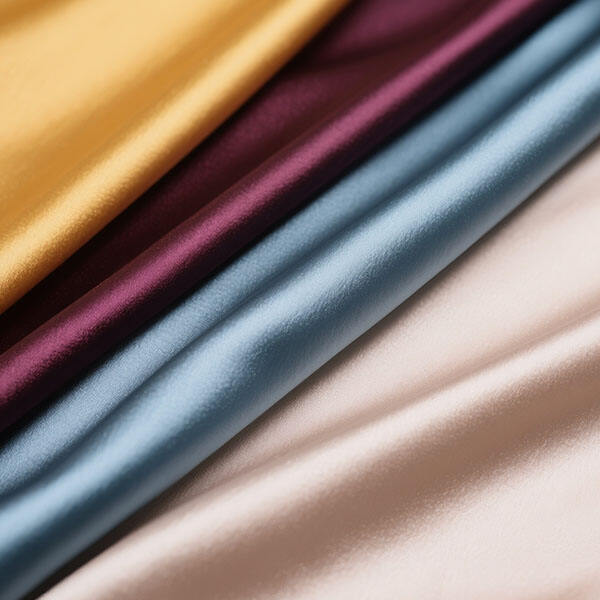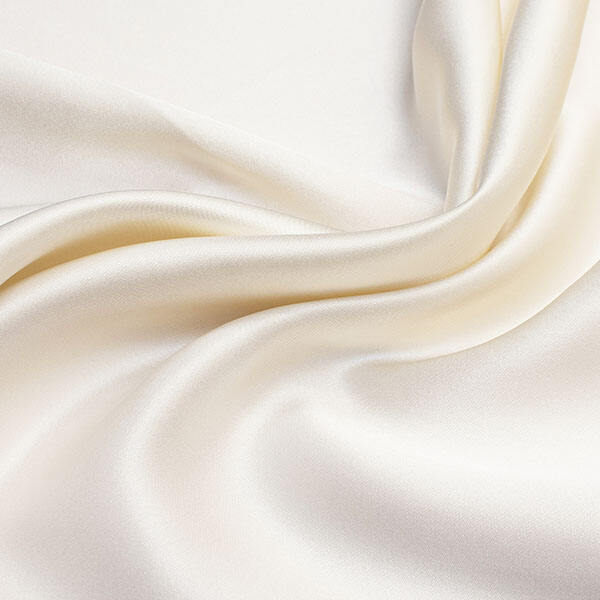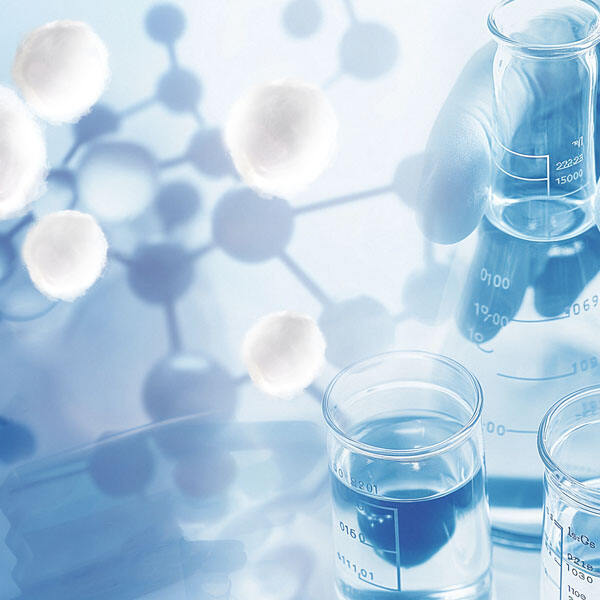Where is cupro fabric produced?
Japan's Asahi Kasei and China's Zhejiang Tesa Textile hold approximately 20% and 15% of the global market share, respectively, and are renowned for their high-end fabrics. China has long been the world's largest exporter and producer of cupro, while Europe and North America rarely produce such fabrics, focusing primarily on consumption. Growing consumption in emerging regions such as South Asia also presents growth opportunities for cupro.
Advantages And Disadvantages Of Cupro Fabric
The advantages of cuprammonia fiber include smooth feel, moisture absorption and perspiration, strong drape, and it is washable, color-retaining, durable, easy to care for, and not easy to stretch and shrink. However, its production uses chemical materials such as copper, ammonia and caustic soda, which are somewhat polluting, and this fabric is prone to wrinkling when tumble dried. It should be washed in a gentle mode and air-dried after each wash. The fabric is flammable and high temperatures may damage or burn the fabric; please avoid contact with heat sources as much as possible.
Tips for Sewing with Cupro Fabric
Choose fine needles to prevent snagging or damaging threads on delicate fabrics Use sharp scissors or rotary cutters to reduce wear and ensure clean edges. Sew with French seams, overlock sewing machines, or zigzag stitches to last for long periods of time. Be careful with fine needles or fabric clips; cupro is particularly prone to pinholes on light-colored fabrics. Be careful not to stretch when sewing, and when sewing, tack seams on curves and unstable areas to ensure a smooth seam. Cupro fabrics should be pre-washed before cutting to minimize shrinkage in the finished product. Ironing cupro should be done with an ironing cloth at low temperatures. To avoid wear and ensure a stronger structure, use a slightly wider seam allowance Pattern Selection Choose patterns with smooth lines and simple structure to allow the cupro fabric to drape and move perfectly.

What different types of cupro fabric are there?
100% cupro fabrics are soft and silky with a subtle matte effect, and when woven in a fine twill, they have a "peach skin" texture and a slight transparency that can be used to create elegant shirts and dresses. Cupro and cotton blends are also popular for their softness, breathability and durability, including broadcloth, twill and matte twill, suitable for casual to semi-formal occasions. Cupro satin has a shiny surface and a soft drape; it is often used for lingerie, evening gowns and shirts. Cupro twill is a twill weave with a fine texture and durability, usually soft and washed. Plain weave is light and breathable, smooth and supple, and can be used for linings and general clothing.

What’s the History of Cupro Fabric?
Research into producing rayon from cellulose began in the late 19th century. In 1890, Swiss chemist Matthias discovered that cellulose could be dissolved in a copper-ammonia solution, significantly facilitating the development of cuprammonia rayon. Commercial production of cuprammonia fiber began in 1899, with Germany being the first country to do so. In the 1930s, cuprammonia fiber production continued to rise in Europe and Japan due to its affordability. During World War II, silk became increasingly scarce, leading to a surge in its price; cuprammonia fiber, as an affordable alternative, gained particular attention.
How does cupro fabric impact the environment?
Cotton lint farming reduces the amount of water, land space and pesticides associated with cotton farming. The fabric is also biodegradable and will naturally break down when discarded. Cupro’s production consumes much less energy than petroleum-based synthetic fibers, reducing our reliance on fossil fuels. The production process has a serious impact on the environment, and the use of hazardous chemicals such as copper salts, ammonia and caustic soda in production should be minimized to avoid polluting local waterways and soil, endangering ecosystems or affecting biodiversity. Production energy consumption leads to carbon emissions, especially when cotton farming requires a lot of resources and water inputs; pesticide application costs are high; and although Cupro uses cotton lint as a raw material, its upstream environmental costs are still high.






 Hot News
Hot News